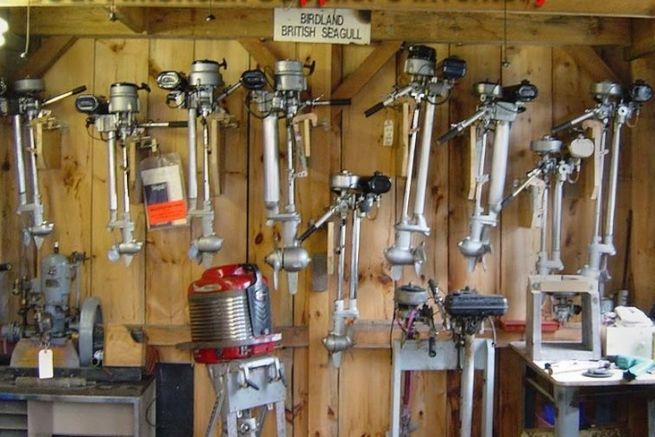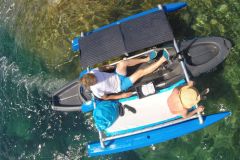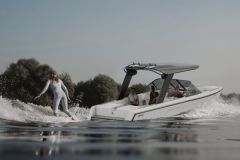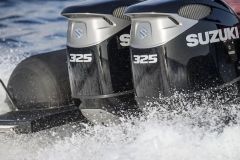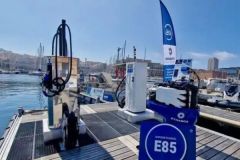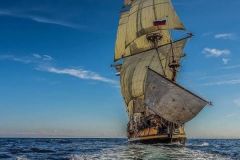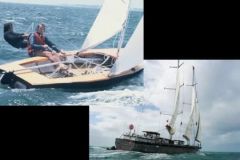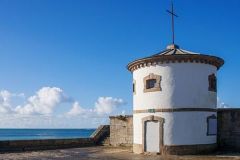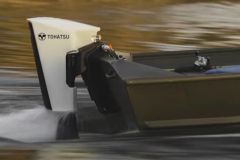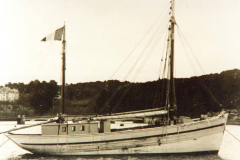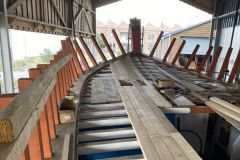Rustic mechanics
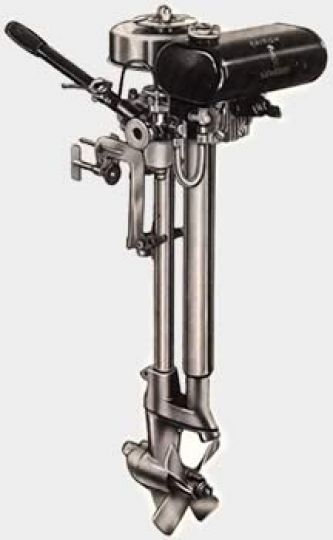
At the origin of the British Seagull saga are two engineers from Sunbeam, which was an English motorcycle manufacturer. John Way-Hope, who had worked for Evinrude, and engineer Bill Pinniger, bought patents from their company and formed Marston Seagull in 1934.
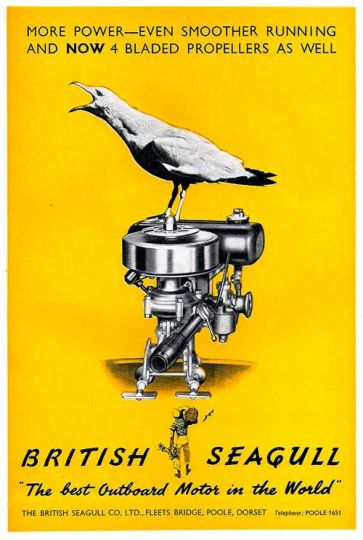
After several years of research, they brought out their first outboard in 1938, which was immediately proclaimed "Engine of the Year". Renaming their company British Seagull, John and Bill designed innovative engines that were easy for novices to use.
This rusticity, a guarantee of reliability (what does not exist cannot break down) inspired the subtle advertising slogan: "The best outboard motor for the world" (and not in the world)! [the best outboard motor FOR the world (and not the best outboard motor IN the world)] .
The landing of 1944 gave him his reputation
Shortly after the launch of the British Seagull, World War II broke out and British industry mobilized for a naval landing. The British Seagull is chosen to equip the Allied armada.
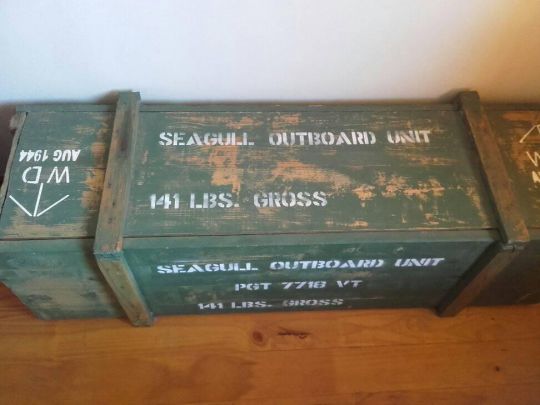
Because of its great simplicity, it was produced in very large numbers for the June 1944 landings. Just like the Harley-Davidsons or the Coca-Cola, a swarm of British Seagulls landed on the beaches of Normandy and never left France again.
Ugly and noisy, but full of charm..
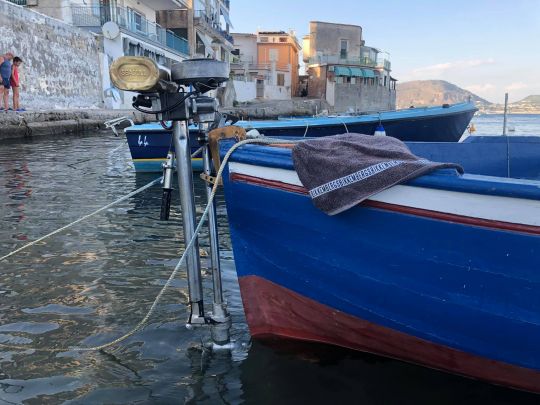
The British Seagull is not designed for speed. Unsuitable for gliding hulls, Seagull vessels were designed to move heavy loads over short distances. Its rectangular-bladed propeller was designed to plough the sea, not to toss a dinghy.
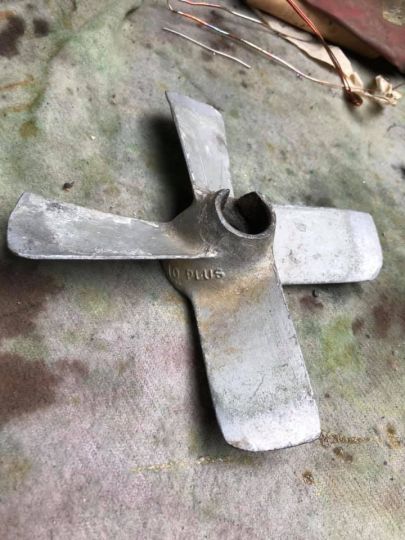
But this reliable and capricious engine is perfectly suited to a traditional boat. Its petrol/oil mixture varying between 4 and 10% gives it a high level of lubrication, but is far from current environmental standards.
A production spread over almost 60 years
The range, available in twelve models from 3 to 10 hp, has changed little throughout its commercial career. Production peaked in the 1960s, with the boom in pleasure boating. Refusing to change in the face of competition from American (Johnson, Evinrude, Mercury) and Japanese (Yamaha, Suzuki and Tohatsu) engine manufacturers, British Seagull then saw its sales decline over the years.
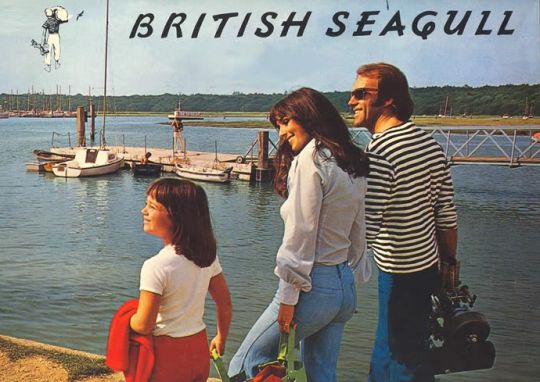
The development of the competition highlights the Seagull's shortcomings: no automatic rewinding of the starter rope, no fairing of the power head, some models without neutral or reverse gear, no remote fuel tank and carburettor feed by gravity, no autolube petrol/oil mixing system. There are countless users who have burned themselves on the power head or on the apparent exhaust.
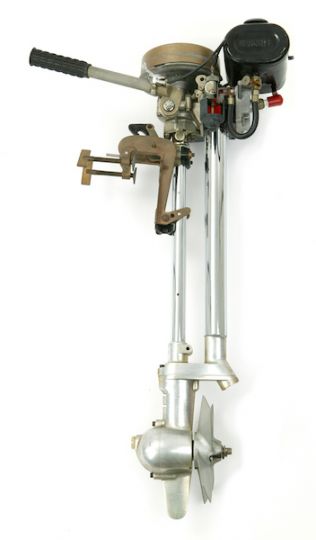
Being limited to a niche market with a traditional customer base, sales are collapsing and British Seagull will have to stop production in 1996. But the firm continues to produce the parts needed to maintain the hundreds of thousands of engines manufactured since the 1930s. Numerous owners' associations were formed in the United Kingdom, the United States, Canada and Australia. Today, a large number of British Seagull engines are still in circulation.
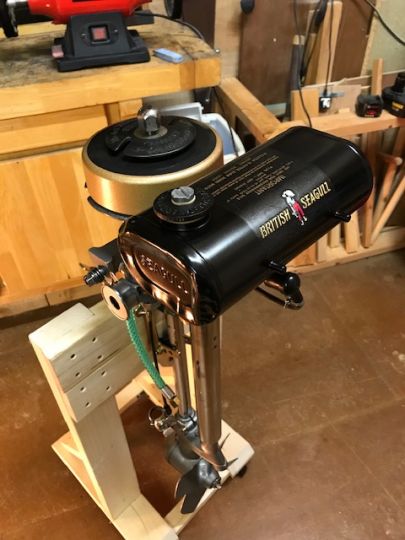
With a low market value, the Seagulls stand out in the midst of electric speedboats or sanitized 4-strokes, but continue to hold a love rating with traditional yachting enthusiasts.
